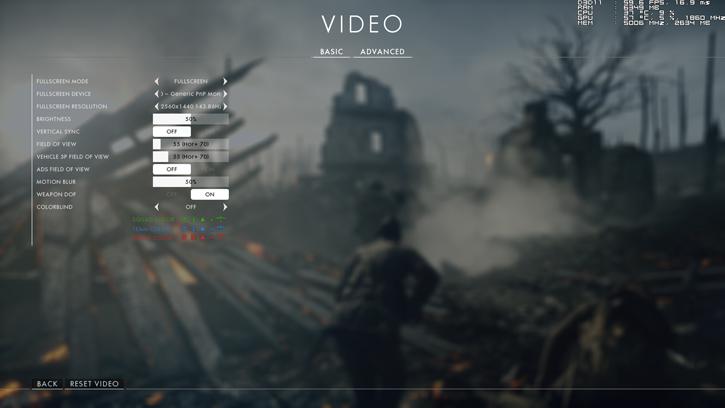Image quality settings and benchmark system
Image quality settings and benchmark system
We use a frametime run with the ULTRA quality preset. We will test DX11 and a good number of cards in DX12 mode performance wise. Both modes look very similar, DX11 seems to be a slight notch faster albeit we are taliing a few FPS here. We flick the quality settings at Ultra before each resolution run and disable VSYNC. Games typically should be able to run in the 40 FPS range combined with your monitor resolution. From there on-wards you can enable/disable things if you need-more performance or demand even better game rendering quality.
The graphics cards tested
In this review we'll test the following cards at the best PC experience, Ultra Quality mode (this is the best possible mode) with VSYNC OFF and unlimited FPS.
- GeForce GTX 1060 (6GB)
- GeForce GTX 1070
- GeForce GTX 1080
- GeForce GTX 780 Ti
- GeForce GTX 980 Ti
- GeForce GTX 980
- GeForce GTX 970
- GeForce GTX 960
- NVIDIA Titan X (Pascal)
- GeForce Titan X (Maxwell)
- Radeon 280X (3GB)
- Radeon R9 380X
- Radeon R9 390
- Radeon R9 390X
- Radeon R9 Fury
- Radeon R9 Fury X
- Radeon R9 Nano
- Radeon RX 460 (4GB)
- Radeon RX 470 (4GB)
- Radeon RX 480 (8GB)
System Specifications & recommended drivers
Our test system is based on the eight-core Intel Core i7-5960X Extreme Edition with Haswell-E based setup on the X99 chipset platform. This setup is running 4.40 GHz on all cores. Next to that we have energy saving functions disabled for this motherboard and processor (to ensure consistent benchmark results). We use Windows 10 all patched up. Each card runs on the same PC with the same operating system clone.
The drivers are:
- GeForce cards use the latest 373.06 driver (download drivers).
- Radeon graphics cards we used the latest AMD Radeon Crimson 16.10.1 Driver (download drivers).




